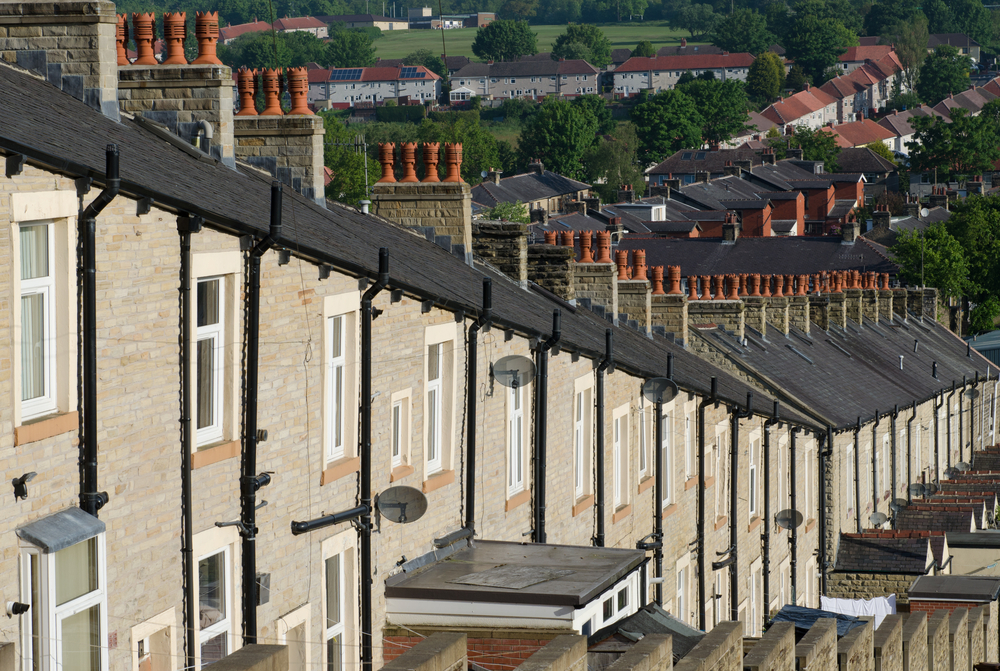
When we launched our Portfolio BTL product back in 2019, it was at a time where we thought opportunities existed for a new player such as Hodge to enter the market.
The BTL market had been turbo-charged in the years after the global financial crisis, particularly in London and the South-East as the economy recovered strongly and the demand for rented accommodation really started to grow.
However, where landlord buyer demand is high and valuations booming, but rental growth hits a ceiling, yield returns therefore decrease.
This prompted many landlords to look beyond their own home turf and explore regional markets where the prospects of prices and rental growth were still possible – and therefore good yields.
Buyers needed to part with less equity as their stake but could secure BTL finance at higher loan-to-values (LTVs).
Change in trends
The BTL market has also gone through some major changes in last few years after a series of regulatory and tax changes, as well as the introduction of a stamp duty surcharge and the withdrawal of mortgage tax relief for borrowers. All of these factors have reduced the attractiveness of investment assets for the smaller landlord with only one or two properties.
Then along came the Covid 19 pandemic, which introduced an even bigger change and new dynamics into the BTL market.
Suddenly, most of us were forced to work from home and the allure of a city centre apartment close to pubs and restaurants lost its lustre. The lack of outside space and the closure of nearby amenities and services that renters used to take for granted meant that these flats became less attractive.
Since the pandemic, there has been a reduction in rents for city centre flats, particularly in London but also in other UK cities. Yet at Hodge in recent months, we have seen that outer London house rents have been more resilient and stable.
The evidence from the lettings market is that potential tenants are looking to relocate and move into bigger homes with some outside space and in particular, two bed apartments are proving more popular than one bed flats or studios.
That said, renters are still keen to be close enough to city centres so they can use public transport as and when we return to offices.
Connectivity is also a key feature, as more tenants are looking for space within their rented accommodation to set up a home office, complete with high-speed broadband – which is now considered a necessity for most, not a nice to have as in pre-pandemic days.
Data cabling to all principal rooms is almost a prerequisite of design features.
While the after-effects of this pandemic will no doubt continue to impact the BTL sector, we can say with some certainty that the priorities of renters have shifted, and therefore so have the priorities for landlords.
Where the buy to let landlord has traditionally tended to buy in their own back yard, in areas where they know how the market and land lies, it seems that they’re now happy to venture further afield if the opportunity for rental growth is still possible.
Andy Button is head of investment finance at Hodge



